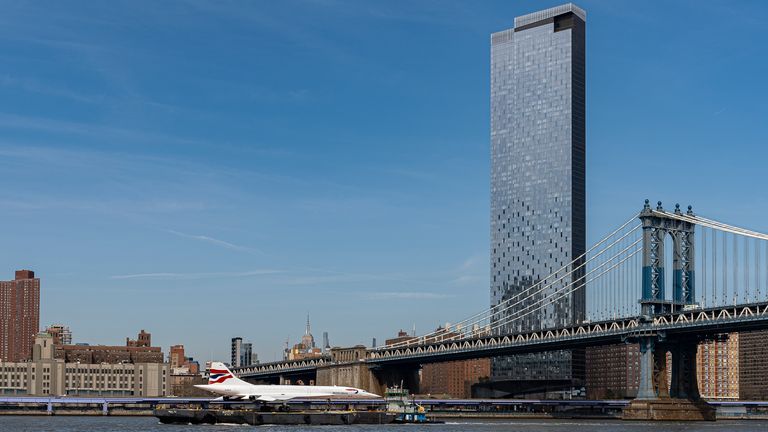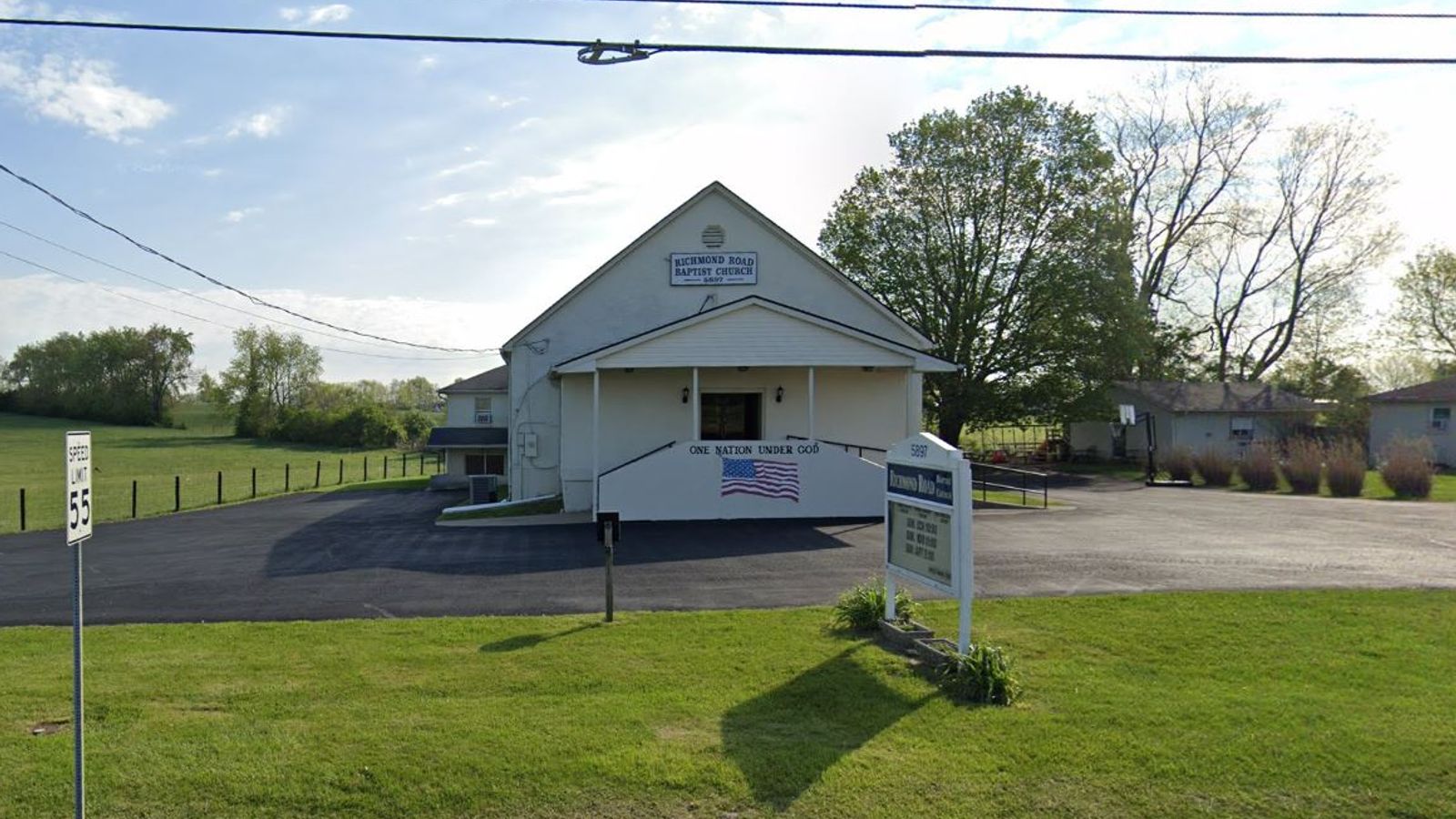
A Concorde jet has been floated down the Hudson River in New York after months of refurbishments.
After the supersonic flights were retired in 2003, one of the 17 jets that flew across the Atlantic was housed in the Intrepid Sea, Air & Space Museum in Manhattan.
The museum said it was taken away for restoration in August last year, which included “removal of the aircraft’s paint coating, sanding, and recoating, using the same colours and markings that made Concorde a true aviation legend”.
On Wednesday, the refurbished jet was floated on a barge down the Hudson to Weeks Marine in New Jersey.
Later on Thursday, the Concorde will make the rest of the journey back to the museum. It’s set to arrive at about 9.30am local time (1.30pm UK time).
Around two hours after, the jet will be lifted by a 300ft crane and returned to Pier 86.
A livestream of the journey will be on Facebook, Instagram and YouTube from 9am (1pm UK time).
The museum said tours of the Concorde will resume from 4 April.
New York is home to the British Airways Concorde which holds the record for the fastest transatlantic crossing by a passenger aircraft, at 2 hours 52 minutes and 59 seconds from London Heathrow to JFK airport in New York.
The Concorde was the only supersonic commercial jet that ever flew, boasting a top speed of 1,354mph. Flights were between three-and-a-half to four hours long.
Read more:
Rats eat marijuana from police evidence room
Regulator to increase oversight of Boeing after mid-air blowout
Today’s large airliners fly at about 600mph, and a London to New York flight takes eight hours on average.
Last year, NASA said it was exploring a potential supersonic jet that could take commercial passengers from London to New York in 90 minutes.
Their project resulted in X-59, a research jet designed by defence contractor Lockheed Martin that can cruise at 937mph at an altitude of 55,000ft without generating an unacceptable noise level.
NASA hopes to run test flights over US cities this year.












